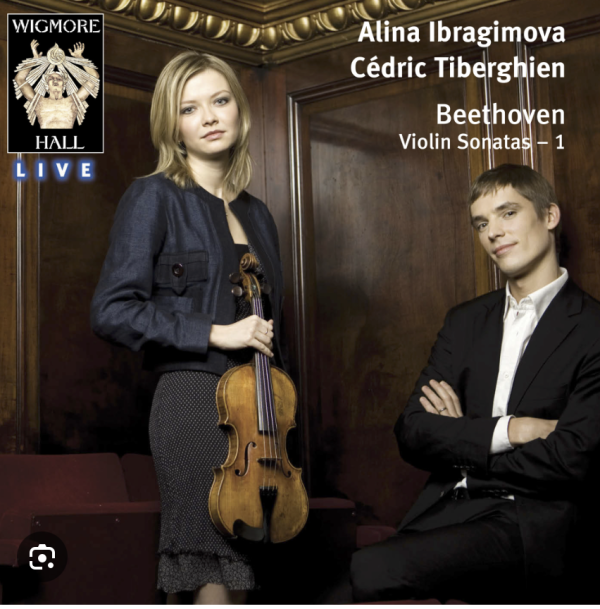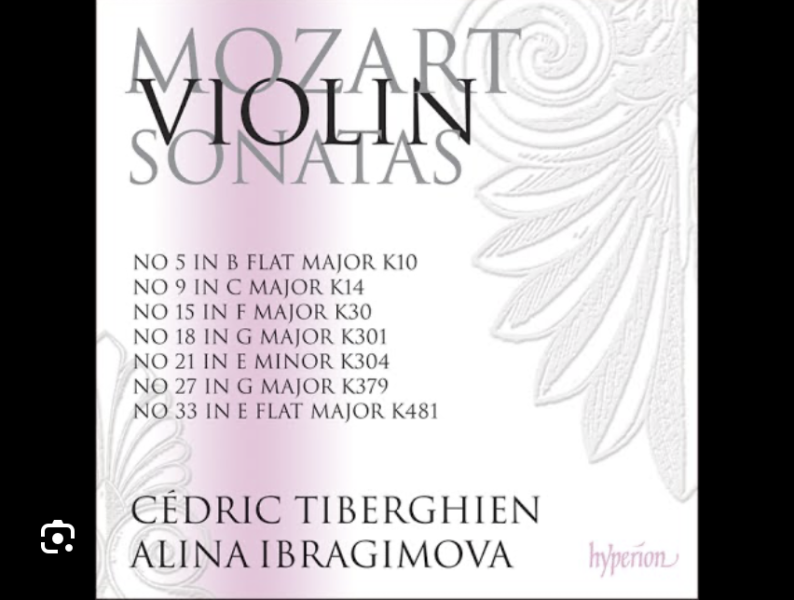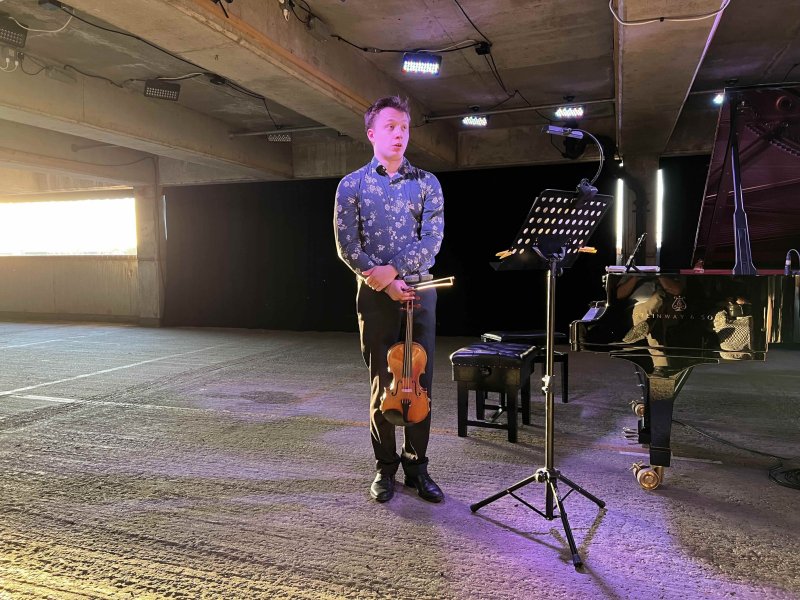Concerning SET amps, it is interesting to note that Arthur Salvatore, a big fan of (some) SET amps, has recently changed his speakers to Sadurni Acoustics Staccato horn speakers. A few things to note:
- those speakers have active subwoofers
- he's been fairly critical of many horn speakers, some of which are mentioned in this thread
This is what he has to say about SET amps:
"SET amplifiers have important and fundamental sonic advantages in the midrange and highs over any other amplifier design in my experience, especially with acoustical music. They have the lowest sound-floor and also are the best "organized" (and music is simply "organized sound")."
I find that to be an interesting way to present things.
His point of view is not based on "theory" and technological supremacy, it just reflects his experience.
I quoted his ideas about sound reproduction (what he calls his "audio philosophy") at length in one of my modest reviews and he wrote back:
"It now appears that the interest in the ideas, concepts and theories I discuss in my reviews will outlast the performance details of the actual components. This is not an accident. I’ve always believed the components are reference points only, which are still required to provide a common perspective, but not as important, in the long run, as the ideas."
That's a positive attitude!
- those speakers have active subwoofers
- he's been fairly critical of many horn speakers, some of which are mentioned in this thread
This is what he has to say about SET amps:
"SET amplifiers have important and fundamental sonic advantages in the midrange and highs over any other amplifier design in my experience, especially with acoustical music. They have the lowest sound-floor and also are the best "organized" (and music is simply "organized sound")."
I find that to be an interesting way to present things.
His point of view is not based on "theory" and technological supremacy, it just reflects his experience.
I quoted his ideas about sound reproduction (what he calls his "audio philosophy") at length in one of my modest reviews and he wrote back:
"It now appears that the interest in the ideas, concepts and theories I discuss in my reviews will outlast the performance details of the actual components. This is not an accident. I’ve always believed the components are reference points only, which are still required to provide a common perspective, but not as important, in the long run, as the ideas."
That's a positive attitude!










